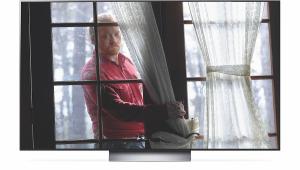Philips 55OLED807 55in 4K OLED TV Review
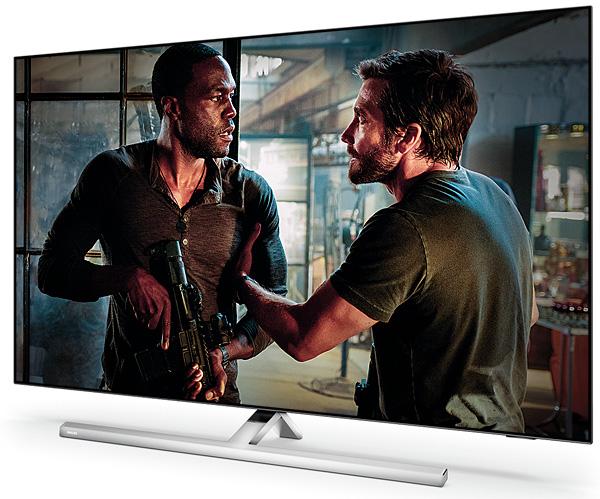
 John Archer discovers that sometimes your EX really can be your best friend
John Archer discovers that sometimes your EX really can be your best friend
As the eagerly awaited successor to the multi award-winning Philips OLED806 series (see HCC #323), the new OLED807 arrives burdened with the heavy weight of expectation. Can the manufacturer effectively evolve its OLED technology yet again? The answer to that, it turns out, is yes – this range usurps its illustrious predecessor in at least three major ways. But we're getting ahead of ourselves...
Let's begin where anyone's relationship with a new telly starts: the design. Our set, the 55in 55OLED807, looks quite different to last year's model. For starters, it swaps out the blade-style feet for a centrally mounted, polished chrome 't-bar' desktop stand, which is attractive and raises the TV enough to potentially tuck a soundbar underneath. The finish is somewhat reflective though (not necessarily ideal in a movie room) and very susceptible to fingerprints. The mammoth 77in version of the OLED807 keeps the feet – for obvious reasons – while 48in and 65in iterations also get the 't-bar' pedestal.
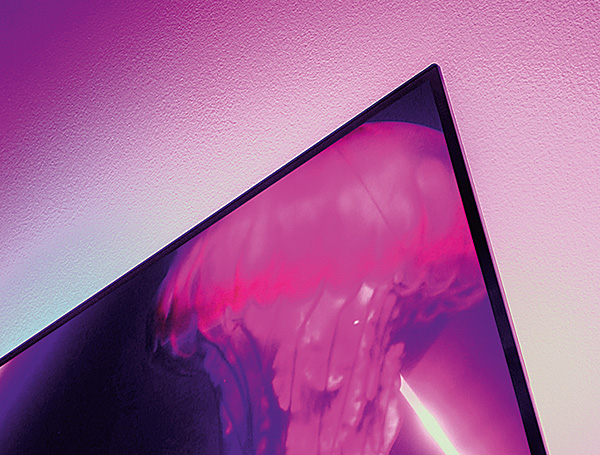
The set's bezel is significantly narrower than that of the OLED806, which itself was pretty slinky. This is made possible by Philips switching to one of the latest EX type of OLED panels. The frame is so skinny, in fact, that it plays beautifully with Philips' Ambilight system, making the coloured illumination that comes from all four sides feel even more connected with the images you're watching.
The TV gets all the usual Ambilight features, including the ability to track the colours of the picture on the screen; connectivity with a Philips Hue lighting system; and a new Aurora mode that ties Ambilight to a library of still and moving images that you can call up as 'screensavers' when you're not watching the TV in earnest.
Start Your Engines
As well as aiding the 55OLED807's design, Philips' move to an EX OLED panel introduces a brightness boost of as much as 30 per cent over 'regular' OLED screens, and as much as 10 per cent even over previous high-brightness panels. And my experience suggests the potential of this new panel brightness will be unlocked by the latest (sixth) generation of Philips' redoubtable P5 AI picture processing engine, which feeds pictures through a huge, carefully ordered series of processing elements.
This new silicon introduces a few tweaks and additions. In particular, there's a suite of features targeted at optimising pictures for changing ambient light conditions. These include dedicated Dark Detail Optimization and Colour Optimization settings, alongside an Eye Care option that essentially substantially reduces brightness in dark rooms.
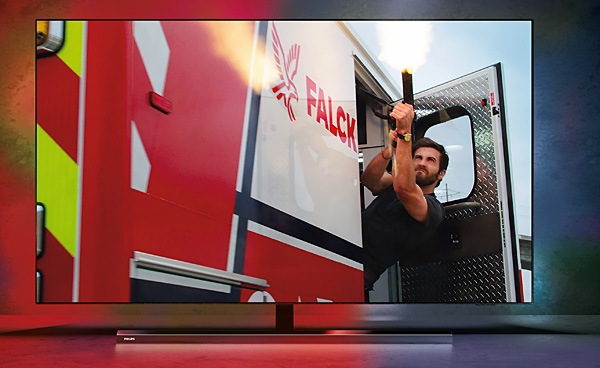
Two other notable feature additions for the 55OLED807 are support for IMAX Enhanced content, and a gaming 'bar' that gives you at-a-glance details on the signals the TV is receiving, and quick access to game-related settings.
While I'm on the subject of gaming, the TV carries two 48Gbps HDMI 2.1 ports, with support for de jour video tricks such as 4K at 120Hz, variable refresh rates and auto low latency mode switching. Note that there are separate HDMI game modes: Optimal and Optimal (Auto Game). You'll need to select the latter to enjoy VRR, and at the cost of a little image quality.
There's support for both AMD FreeSync Premium and Nvidia G-Sync VRR formats, and input lag on 1080p/60Hz signals measured 15.1ms in my tests. Not the absolute lowest in town, but low enough to likely not significantly contribute to a poor gaming performance.
The 55OLED807 continues Philips' support for built-in Dolby Atmos sound; anti-burn in technology that looks for and gently dims bright static image elements in isolation from the rest of the picture; and all the main HDR formats, including HDR10+ and Dolby Vision.
Smarts come courtesy of Android TV 11, rather than the newer Google TV. The Android system is much improved from its grim origins, and Philips has a proud tradition of making it run more stably than usual, which continues here. Supported apps include Netflix, Prime Video, Apple TV+, Disney+, Google Play Movies and TV, and Freeview Play.
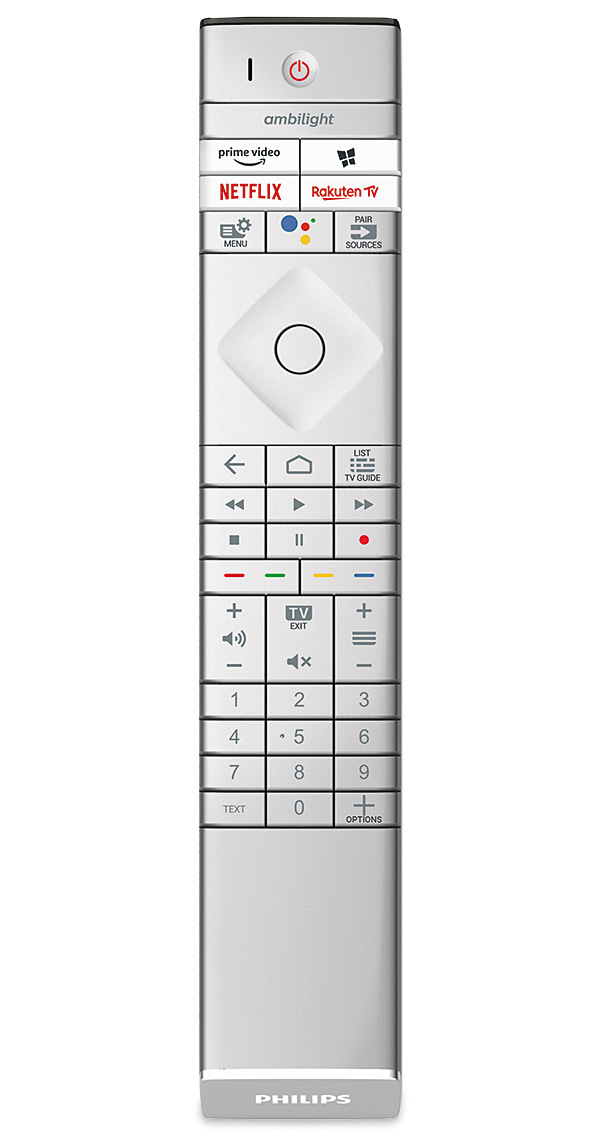
Brighter Than Ever
Comparing the 55OLED807 side by side with an OLED806, the main improvement for the newer model is a noticeable uptick in brightness. This makes its presence felt both in fullscreen bright HDR sources and the intensity of the brightest HDR highlights – all of which helps HDR material look more impactful and realistic.
Seemingly bolstered by Philips' new Advanced HDR tone mapping system, small bright highlights look arguably more intense (without clipping) than I've seen from any OLED TV to date – including LG's EX panel-toting G2 range. For instance, the stars standing out against the darkness of space during the opening shots of Ridley Scott's Alien (4K Blu-ray) glow so bright it almost feels like someone's shining a laser through the screen.
 |
Home Cinema Choice #351 is on sale now, featuring: Samsung S95D flagship OLED TV; Ascendo loudspeakers; Pioneer VSA-LX805 AV receiver; UST projector roundup; 2024’s summer movies; Conan 4K; and more
|











